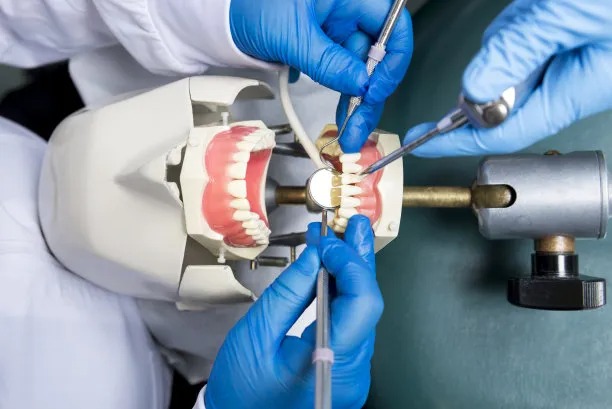The Essential Guide to Extracting a Tooth Safely and Effectively at Home or in the Dentists Office
Summary: Tooth extraction can be a daunting prospect, whether performed at home or professionally in a dentists office. This article walks you through the essential steps to safely and effectively extract a tooth, discussing preparation, the extraction process, aftercare, and when to seek professional help. Youll learn the best practices to follow for a pain-free experience and how to minimize risks associated with this procedure. By familiarizing yourself with these steps, you can approach tooth extraction with confidence, ensuring both comfort and safety.
1. Preparation for Tooth Extraction: Important Steps

Before extracting a tooth, preparation is key. Ensure you have all your supplies ready, including gloves, antiseptic wipes, gauze, and potentially, a local anesthetic if youre attempting the procedure at home. Having the right tools can make the process smoother and safer.
Next, assess your dental issue thoroughly. Make sure you understand why the tooth needs to be extracted and confirm it is loose enough or problematic enough to warrant the removal. Consulting a reliable source or dental professional can help validate your decision.
Lastly, mentally prepare yourself. Tooth extraction can be alarming, and anxiety may hinder the process. Understanding the steps involved can optimize your mindset, making you more comfortable as you take action.
2. The Extraction Process: Step-by-Step Guide
The extraction process itself varies slightly depending on the type of tooth鈥攚hether its a baby tooth or an adult molar. Begin by ensuring you鈥檙e in a clean and comfortable environment to minimize the risk of infection and complications.
If you鈥檙e removing a loose baby tooth, gently wiggle it back and forth until it comes out. For more difficult adult extractions, moisten the area with an antiseptic, use gauze to grasp the tooth, and apply steady pressure while rocking it side to side.
Be prepared for slight bleeding, which is natural during the extraction process. Applying gauze directly to the socket can help control this. If you feel extreme pain or resistance, stop the extraction and consult a dentist immediately.
3. Aftercare: Caring for the Extraction Site
After extraction, proper aftercare is crucial for healing. Bite firmly on a gauze pad for about 30 minutes to help control bleeding. If bleeding persists, replace the gauze pad and continue to apply pressure.
Next, avoid any vigorous activities or rinsing your mouth for at least 24 hours. This will help ensure that the blood clot forms properly and reduces the risk of dry socket, a painful condition that can arise if the clot dislodges.
Stay hydrated and consume soft foods that require minimal chewing. Foods like applesauce, yogurt, and mashed potatoes are ideal. Additionally, avoid hot, spicy, or crunchy foods that can irritate the extraction site.
4. When to Seek Professional Help: Key Indicators
Despite the best preparations, some situations may still necessitate the assistance of a professional. If you encounter excessive bleeding that doesn鈥檛 let up, it鈥檚 critical to seek medical attention promptly, as this can indicate a more serious problem.
Other signs that you need to visit a dentist include uncontrolled pain, swelling that does not subside over a couple of days, or signs of infection such as pus or fever. These symptoms suggest complications that only a dental professional can address safely.
Lastly, if you are unsure about your extraction technique or feel anxious about potential risks, going to a dentist is your best option. Dentists have specialized tools and expertise to handle extractions with minimal pain and maximum safety.
Summary:
In conclusion, extracting a tooth requires careful preparation, a thoughtful extraction process, proper aftercare, and knowledge of when to seek professional assistance. By following these guidelines, you can minimize pain and complications, ensuring a smooth recovery. Remember, while self-extraction can be possible, its always best to consult with or defer to a dental professional when in doubt.
This article is compiled by Vickong Dental and the content is for reference only.


